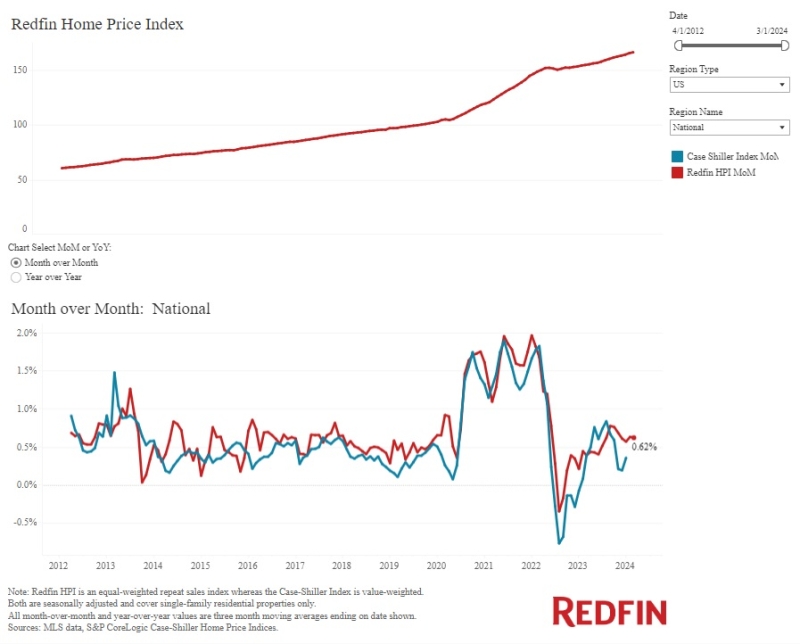
CFPB Issues Final Rule For Reporting Small Business Lending Data

The rule could affect mortgage originators who work with property investors.
The Consumer Financial Protection Bureau (CFPB) said Thursday it has issued a final rule required by Congress to increase transparency in small business lending, promote economic development, and combat unlawful discrimination.
While residential mortgage lenders were already required to report data under the Home Mortgage Disclosure Act, and the new rule doesn’t change that, the rule could affect mortgage originators who work with property investors, because the changes treat rentals and other income-generating properties as small businesses.
Some observers also say small businesses will face "significant challenges" in implementing the rule.
The CFPB said that, under the final rule, lenders will collect and report information about the small business credit applications they receive, including geographic and demographic data, lending decisions, and the price of credit. The rule works in concert with the Community Reinvestment Act, which requires certain financial institutions to meet the needs of the communities they serve.
The increased transparency, the CFPB said, will benefit small businesses, family farms, financial institutions, and the broader economy.
“Many local businesses were shuttered during the COVID-19 pandemic after they struggled to obtain credit under the Paycheck Protection Program,” said CFPB Director Rohit Chopra. “This small business loan census will give the public key data on this market to ensure that banks and nonbanks are serving small businesses fairly.”
With the final rule, the CFPB said that, for the first time, data on small business lending will give investors and lenders more insights to identify new opportunities that support economic growth, help policymakers measure the effectiveness of any government programs, and provide a data-driven approach to detect potential discrimination.
Mortgage Bankers Association President and CEO Bob Broeksmit, CMB, said his organization is pleased that “loans reportable under the Home Mortgage Disclosure Act will not need to be reported under the bureau’s final rule,” but has other concerns.
“It is disappointing that this exclusion is not applied to all investment property lending,” he said. “MBA agrees with federal regulatory agencies’ long-held view that lending to finance income-producing properties is not small business lending.”
He continued, “The longer implementation timelines and higher loan-reporting thresholds are appreciated, but we are concerned that the final rule imposes burdensome and costly data collection and reporting requirements on some commercial real estate lenders. Commercial real estate markets are already facing headwinds from financial market volatility, economic uncertainty, and higher interest rates. Preparing for new compliance obligations only adds to these challenges and will likely raise costs for borrowers.”
Broeksmit added that the MBA will work with its members who are covered under the final rule and “will provide ongoing feedback and recommendations to the bureau ahead of the effective dates.”
The CFPB said it found that there were key differences in how large financial institutions would implement the rule, compared to relationship-based local lenders. The final rule requires the largest lenders, which cover the bulk of the market, to collect and report data earlier than smaller lenders. Specifically:
- Lenders that originate at least 2,500 small business loans annually must collect data starting Oct. 1, 2024.
- Lenders that originate at least 500 loans annually must collect data starting April 1, 2025, and
- Lenders that originate at least 100 loans annually must collect data starting Jan. 1, 2026.
While the final rule requires data collection and reporting for those that make at least 100 loans annually, the rule will still cover the vast majority of bank small business lending, based on the CFPB’s analysis. Lenders originating fewer than 100 loans per year will still be required to adhere to fair lending laws.
Timothy Burniston, senior advisor for regulatory strategy with Wolters Kluwer Compliance Solutions, said the final rule breaks new ground for a range of lenders and “poses significant implementation and analytical challenges.”
“Now that the contours of the compliance requirements are established, particularly around the reporting threshold levels, the data elements that need to be captured and reported, and the substantive revisions made to create a phased-in implementation schedule, covered institutions should immediately ramp up efforts to operationalize the final rule,” he said. “That should start by engaging key stakeholders across the enterprise and preparing a robust internal implementation plan if one has not yet been developed. It is essential to optimize the implementation schedule provided by the CFPB.”
A fact sheet on the final rule is available here.




